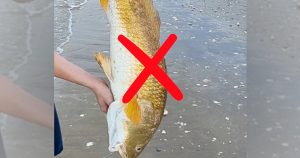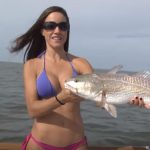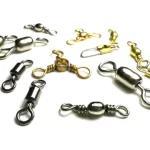Catch and release is a responsible practice, but are those trophy fish actually surviving? Just because a fish swims away doesn’t mean it’s unharmed. Improper handling can cause internal injuries, stress, and even death long after it’s out of sight. Knowing how to handle large fish correctly can make all the difference.
This guide breaks down the most common mistakes anglers make when handling trophy fish and provides practical tips for a safe release. Whether fishing from a boat, kayak, pier, or while wading, these techniques can help ensure each catch has the best chance of survival.

What You’ll Learn Here
-
Why vertical holds are harmful and how to avoid them
-
Safe use of lip grippers without causing damage
-
Proper techniques for supporting large fish
-
The best nets and tools for minimizing injury
-
Effective ways to measure fish without adding stress
Supporting the Fishery — One Catch at a Time
Healthy fisheries rely on responsible anglers. Proper fish handling is a simple but powerful way to contribute. By making small adjustments, every angler can improve fish survival rates and ensure the longevity of prized fishing waters.
Share Your Experience
Have you witnessed or made any fish-handling mistakes? Join the conversation in the comments below! Spreading awareness about proper techniques benefits every angler and helps protect fisheries for future generations.
Take Action for the Fish You Love
Want to take your fishing knowledge to the next level? Join the Salt Strong Insider Club and become part of a passionate community of over 53,000 anglers. As a member, you’ll gain access to:
-
Smart Fishing Spots: Find the best fishing locations with AI-powered guidance
-
Daily Reports & Trends: Stay ahead of the bite with expert insights
-
Exclusive Discounts: Save big on tackle with Insider-only deals
-
Community Support: Connect with local chapters, attend meet-ups, and share tips
Make a real impact. Learn, grow, and fish responsibly.
Image/Source: SaltStrong





